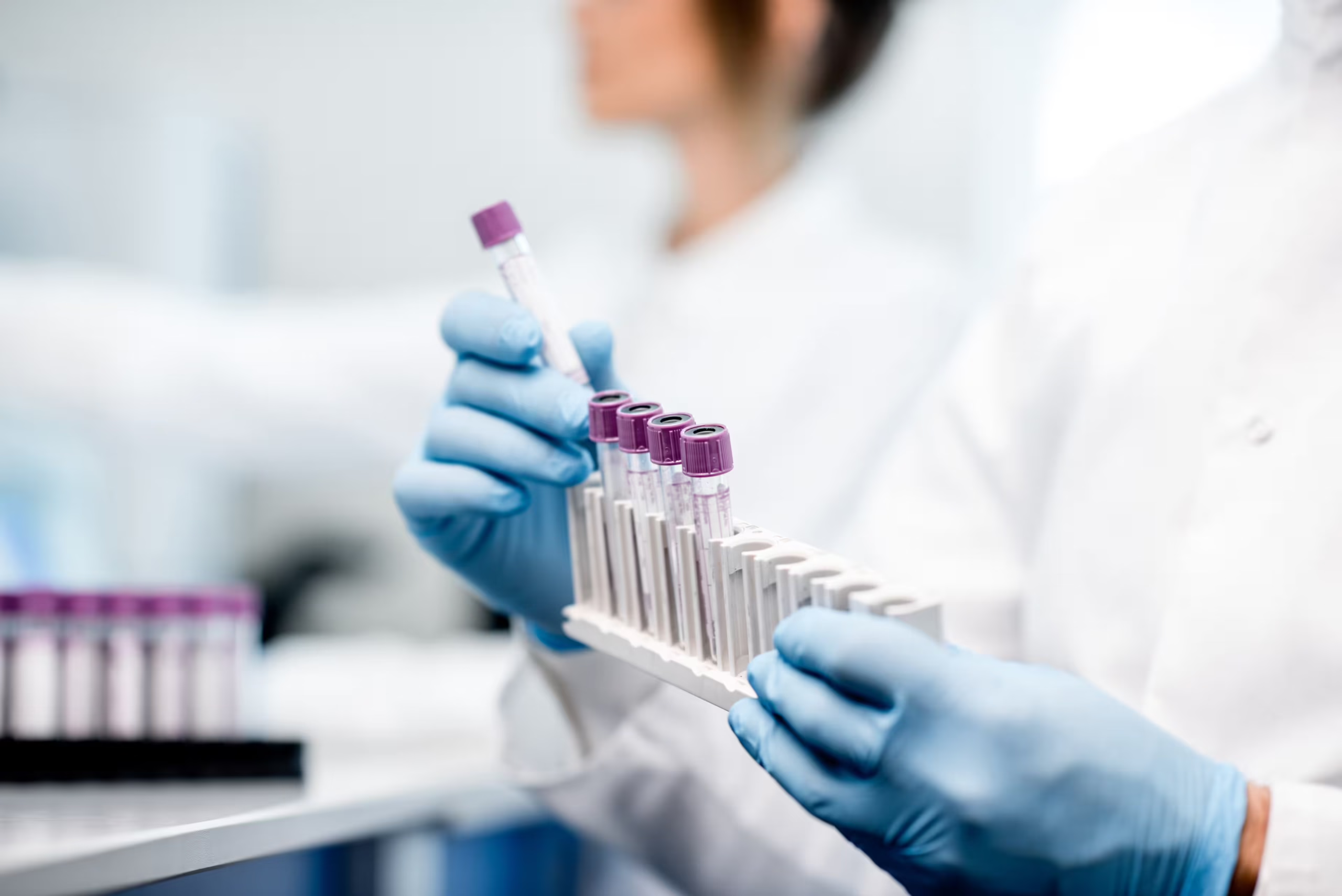
How is acromegaly diagnosed?
A doctor specialising in hormone problems diagnoses acromegaly by assessing symptoms and testing to determine how much of a hormone called insulin-like growth factor-1 (IGF-1) is in the bloodstream.1 For a diagnosis of acromegaly to be confirmed, the amount of IGF-1 in the bloodstream has to be higher than usual.1
Growth hormone (GH) stimulates the production of IGF-1 in the liver, so IGF-1 is a good indicator of how much GH there is in the body. GH isn’t measured directly because its level in the blood changes throughout the day, whereas IGF-1 level is more stable.
An oral glucose tolerance test (OGTT) may also be done.1 This involves drinking a glucose solution on an empty stomach, then checking blood glucose levels over the next few hours. This test normally causes a person’s GH level to go down, but this doesn’t happen in someone who has acromegaly, as they have excess growth hormone in their body.

References
1. Giustina A, et al. Pituitary 2024; 27(1):7-22.
